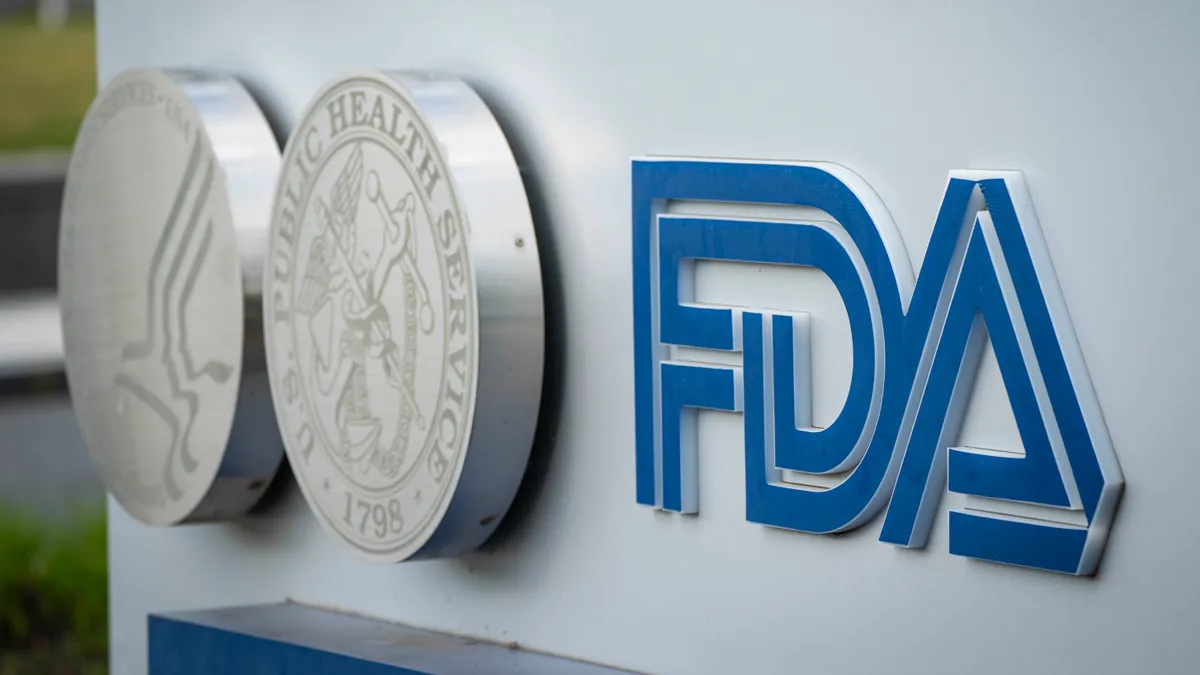Dive Brief:
-
Almost two-third of manufacturers of novel technology devices plan to bring their products to the U.S. first or in parallel with other major markets, according to FDA.
-
The agency polled device developers to assess its performance against its goal of getting 50% of novel technology manufacturers to target the U.S. at least at the same time as other major markets. FDA found 62% of manufacturers will prioritize the U.S.
- Officials also met or exceeded other targets set in FDA’s 2018-2020 strategic priorities that looked at employee engagement and the improvement of regulatory processes.
Dive Insight:
When FDA set out its strategic priorities in January 2018, it said the U.S. had created disincentives for manufacturers to bring their devices to the market early by establishing "one of the most rigorous regulatory standards for protecting public health." The agency wanted to encourage companies to target the U.S. market to give patients "first access to high-quality, safe and effective medical devices of public health importance."
FDA set itself the target of having 50% of manufacturers intend to target the U.S. first, rather than looking at where novel devices are actually approved first, as it expected it to take several years for the impact of its actions to translate into changes in where products are submitted for authorization.
The data collected by FDA point to a change in the approach of developers of novel technologies. FDA found 53% of manufacturers planned to target the U.S. first or in parallel with other major markets when it polled the industry in 2018. The figure jumped to almost 62% in 2019 and ticked up a fraction higher in 2020.
FDA made no comment on the factors behind the increase. The agency may have benefited from changes overseas. With the European Union increasing the evidence requirements for market access under the Medical Device Regulation, it is no longer as easy to secure the CE marks needed to enter one of the major markets outside the U.S.
The assessment of FDA's performance against its strategic goals also looked at the success of efforts to improve processes at the Center for Devices and Radiological Health. Using Lean Six Sigma, a method for removing waste and reducing variation, FDA planned to improve 80% of its 51 core processes by the end of 2020. The agency ultimately improved 86% of the processes.
FDA hit its targets amid disruption, with the final 12 months of the period being affected by the COVID-19 pandemic. The agency is continuing to focus on the 2018-2020 strategic priorities this year "in light of CDRH's significant work in the fight against COVID-19." FDA plans to draw on the experience of the pandemic to inform its strategy for 2022 and beyond.










